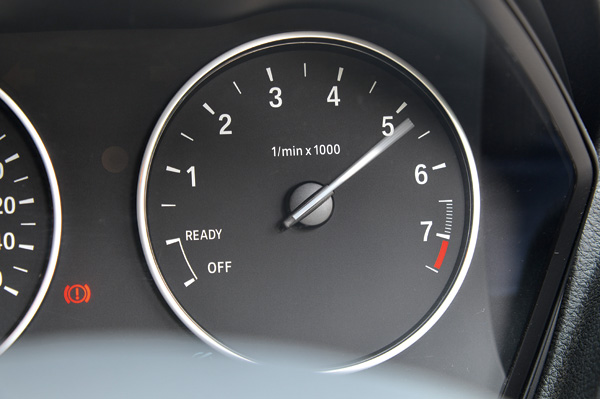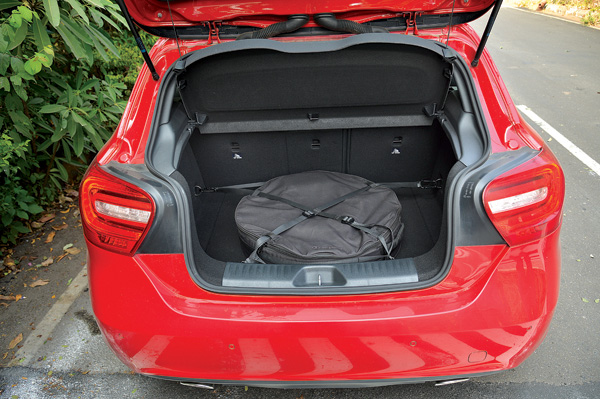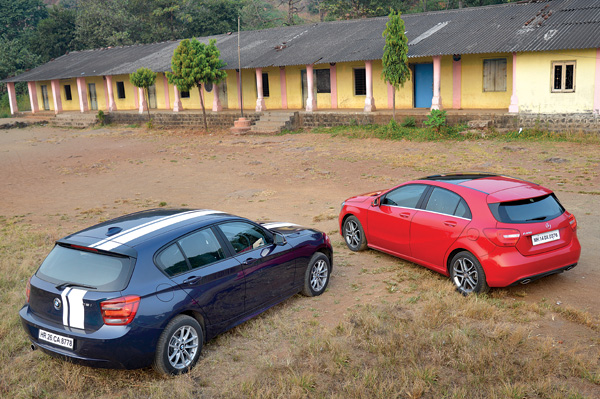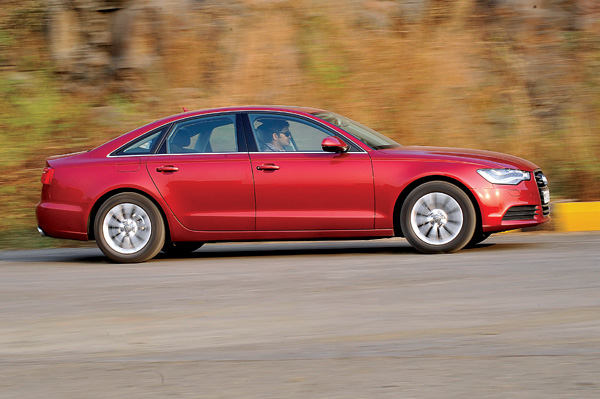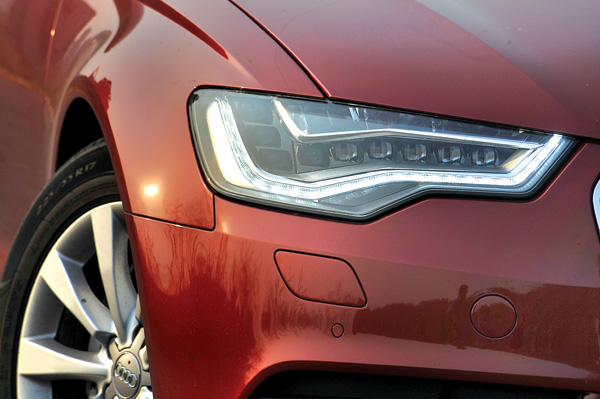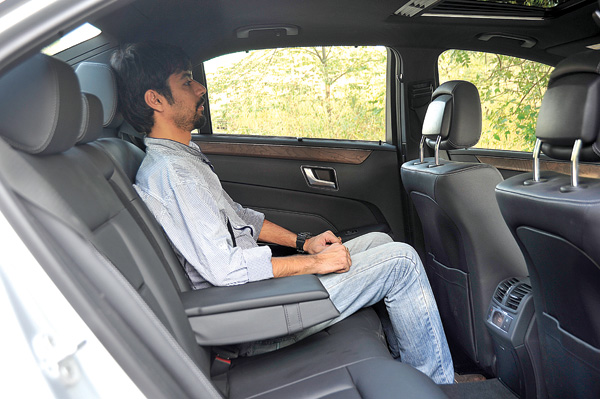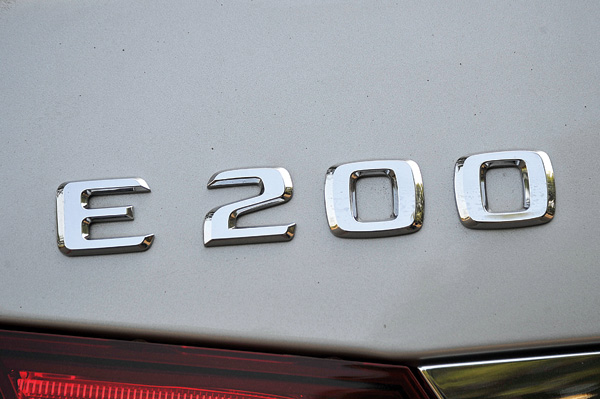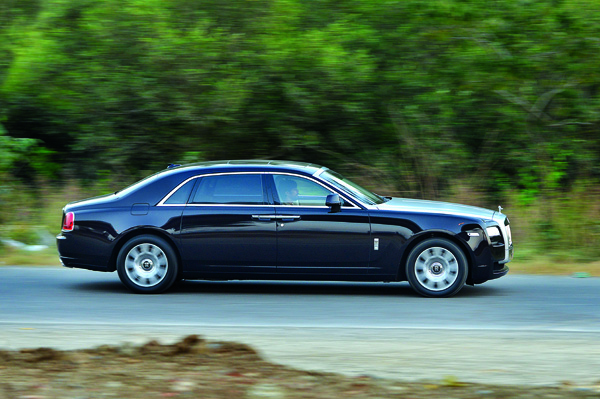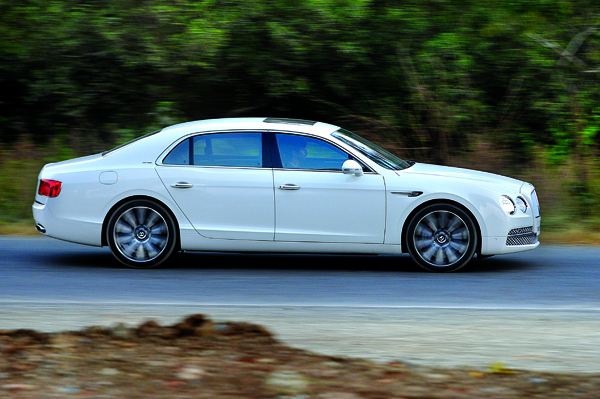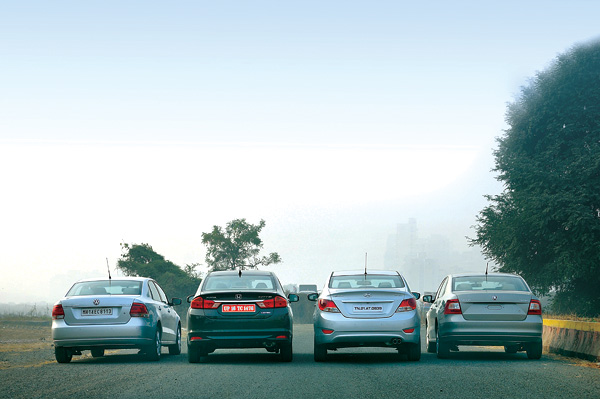In the past, automatic saloons constituted a miniscule percentage of total car sales, and understandably so. Old-school automatics were nowhere near as good as the current crop. They weren’t very appealing to drive as they sucked huge globs of power, and they were thirsty and pretty expensive too. The penalties clearly outweighed the advantages and you only bought an automatic if you didn’t know how to use a clutch.
Today, advances in technology and an increase in traffic density mean automatics are clearly more appealing. New-generation transmissions allow modern autos to deliver a much nicer drive. What’s made an even greater difference is that now CVT and twin-clutch-equipped automatics are extremely efficient too; and that’s becoming a tipping point.
Honda, for example, says its brand new City automatic is more efficient than even the manual – amazing! Equipped with an all-new CVT (Continuously Variable Transmission), the new automatic City gets an ARAI-certified fuel-efficiency rating of 18.0kpl as against 17.8 for the manual.
Volkswagen’s new twin-clutch automatic Vento also whacks the nail on the head. Powered by its new, downsized 1.2 TSI direct-injection, turbo-petrol motor, this car promises plenty of performance, auto gearbox convenience and good efficiency due to the smaller engine. It’s a close fight, this one. But which car is better?





















